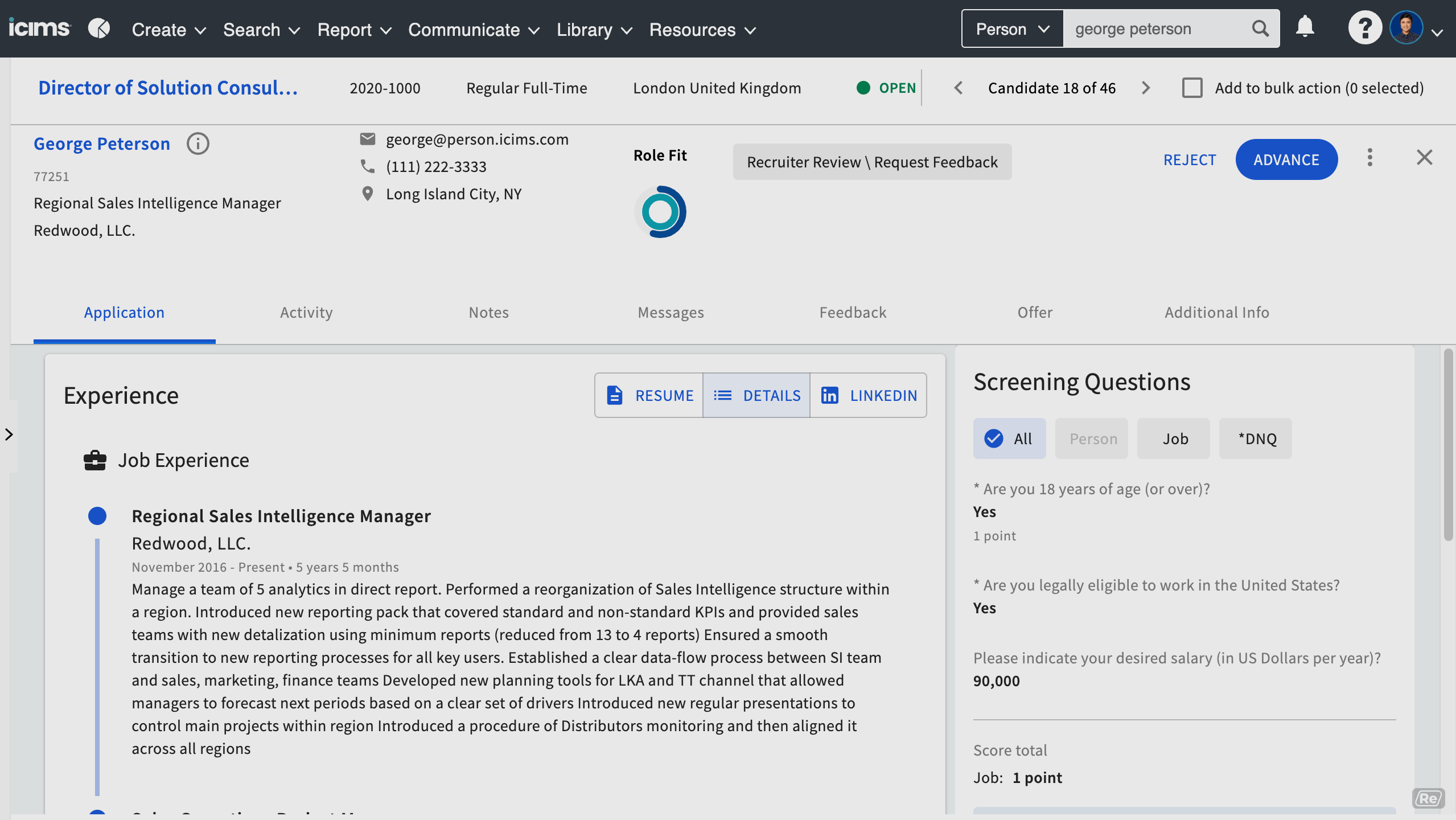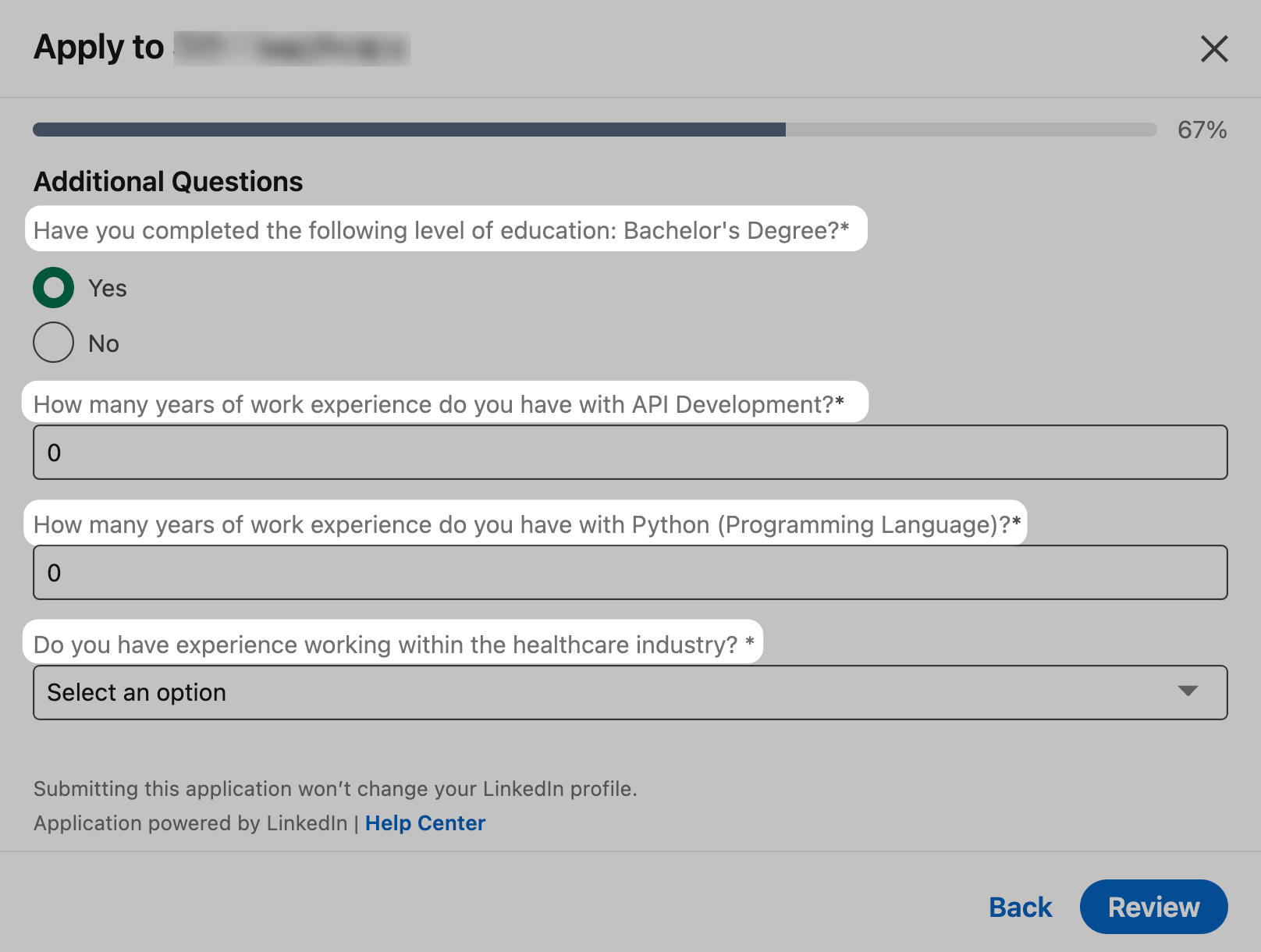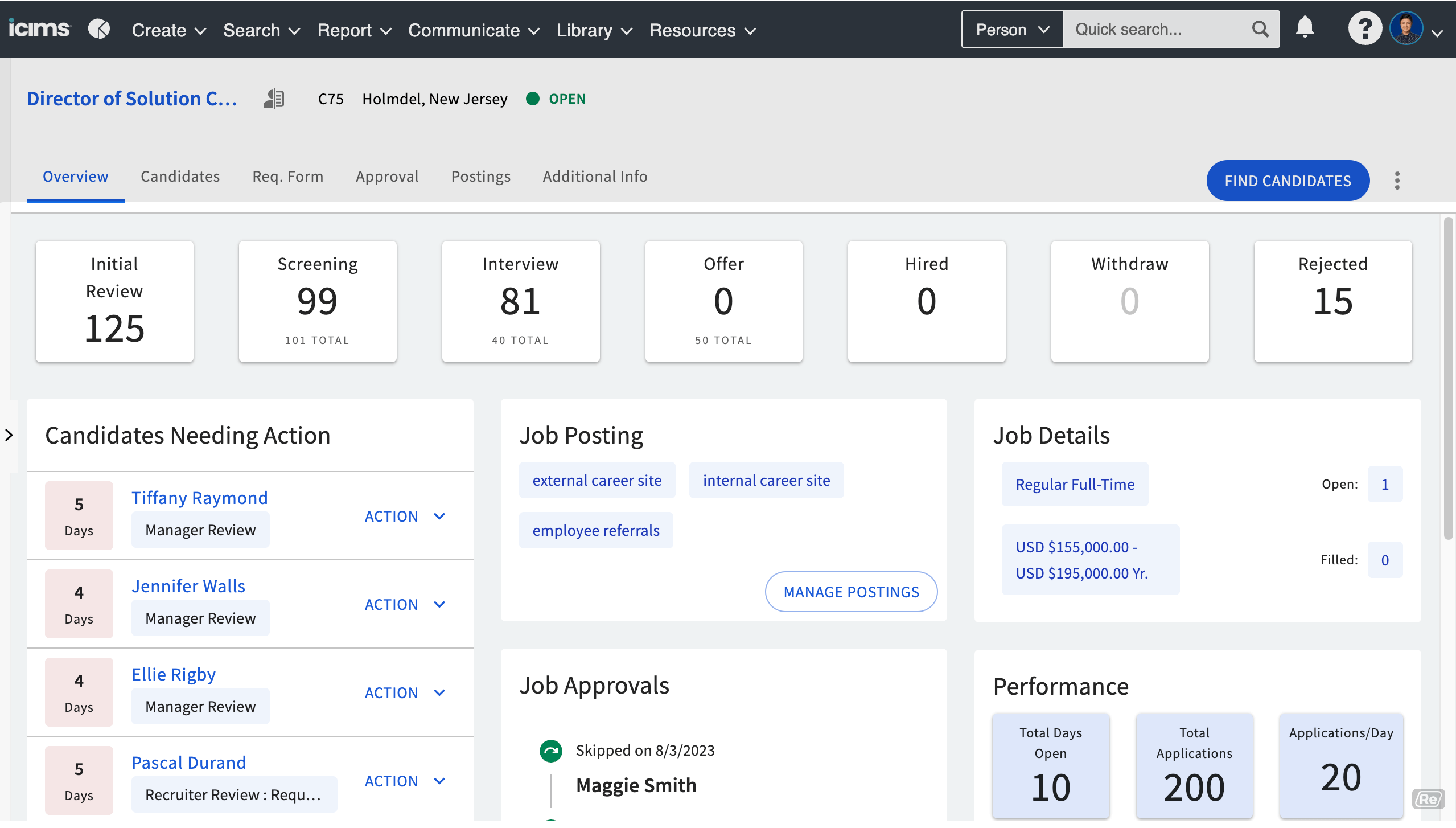🤖 Understanding ATS
🤖 What is ATS?
When companies in the U.S. post a job, they often get hundreds or even thousands of resumes per day. But where do all these resumes go, and how are they sorted?
To manage this flood of applications, companies use an ATS (Applicant Tracking System), which is software that helps streamline the hiring process. Some of the most popular ATS platforms are:
Why it’s important to understand ATS?
Understanding how recruiters evaluate resumes helps you tailor yours effectively. Knowing how ATS works and affects resume evaluations can greatly improve your chances of making it through the initial screening.
🛠️ ATS Features
Let’s look at some core features of ATS platforms and how they affect the resume evaluation process. While each ATS may differ slightly, most platforms offer the following features:
1. Resume Parsing
ATS extracts data from submitted resumes and stores it in a database, displaying key details to recruiters. This process is called Resume Parsing.

The example above shows how ATS parses a resume to display the candidate’s name, location, current role, and highest education in a list format.

The example above shows how ATS parses a resume and scores the candidate’s qualifications and role fit.
This allows recruiters to quickly access key information about candidates without needing to open each resume.
If ATS can’t parse your resume correctly, your information may not display properly, increasing the likelihood that your resume is overlooked. Recruiters have limited time, and poorly parsed resumes are often ignored.
2. Knockout Questions and Filters
Recruiters want to focus only on resumes that meet the job requirements. ATS allows recruiters to set questions that filter out unqualified candidates based on their responses.
This helps recruiters quickly evaluate candidates without opening resumes, and some ATS platforms even score or filter candidates based on responses to knockout or prescreen questions.
For example, if a Computer Science degree is required, and a candidate answers “No” to a relevant question, the ATS may score that candidate lower or filter them out.

⬆️ In the example above, questions about salary range, location, and visa sponsorship are used to filter candidates through the ATS based on the recruiter’s pre-set criteria.

⬆️ This example shows how ATS displays answers to knockout questions and even provides scores, making it easier for recruiters to filter candidates.
Examples of Knockout/Prescreen Questions:
- Do you have a Computer Science degree?
- Proficiency in specific tech stacks?
- Do you need visa sponsorship?
- Are you located in a specific region (e.g., U.S. or certain states)?
- Desired salary range?
- Can you work onsite, remote, or hybrid?
- Are you a U.S. citizen? (for specific industries like aerospace or defense)
- Fluency in specific languages?
- Industry experience (e.g., healthcare, finance, e-commerce)?
These types of questions often appear when applying through LinkedIn Jobs as well.



3. Managing the Hiring Pipeline
The Hiring Pipeline feature manages the entire process, from resume submission to hiring.


⬆️ The Hiring Pipeline screen in iCIMS ATS.

⬆️ Terms like
Select All of Tier 1andSHOW ONLY UNRANKEDindicate that candidates can be ranked or tiered within the ATS.

⬆️ The Hiring Pipeline screen in Workday ATS.

⬆️ The Hiring Pipeline screen in Recruitee ATS.
Even if you do well in an interview, you may not always get the job.
Keep in mind that companies are evaluating many candidates in parallel. Even if you perform well, you could be passed over if there’s someone just a bit stronger.
Hiring decisions are made not just based on your skills and experience, but also on how you compare to other candidates. Luck plays a role, so keeping this in mind can help you stay resilient during your job search.
🤷♀️ Common Misunderstandings About ATS
Some people believe that “ATS algorithms automatically evaluate and reject resumes.”
That’s not true. ATS mainly parses resumes and filters candidates based on criteria set by the recruiter. While AI could evolve to take on more evaluation tasks, for now, recruiters simply don’t see resumes that don’t meet the ATS filters, but the system itself doesn’t actually reject candidates.